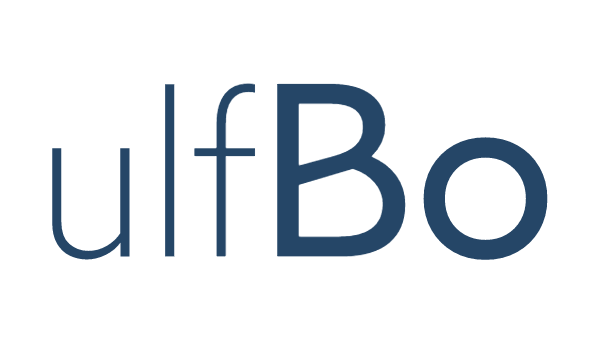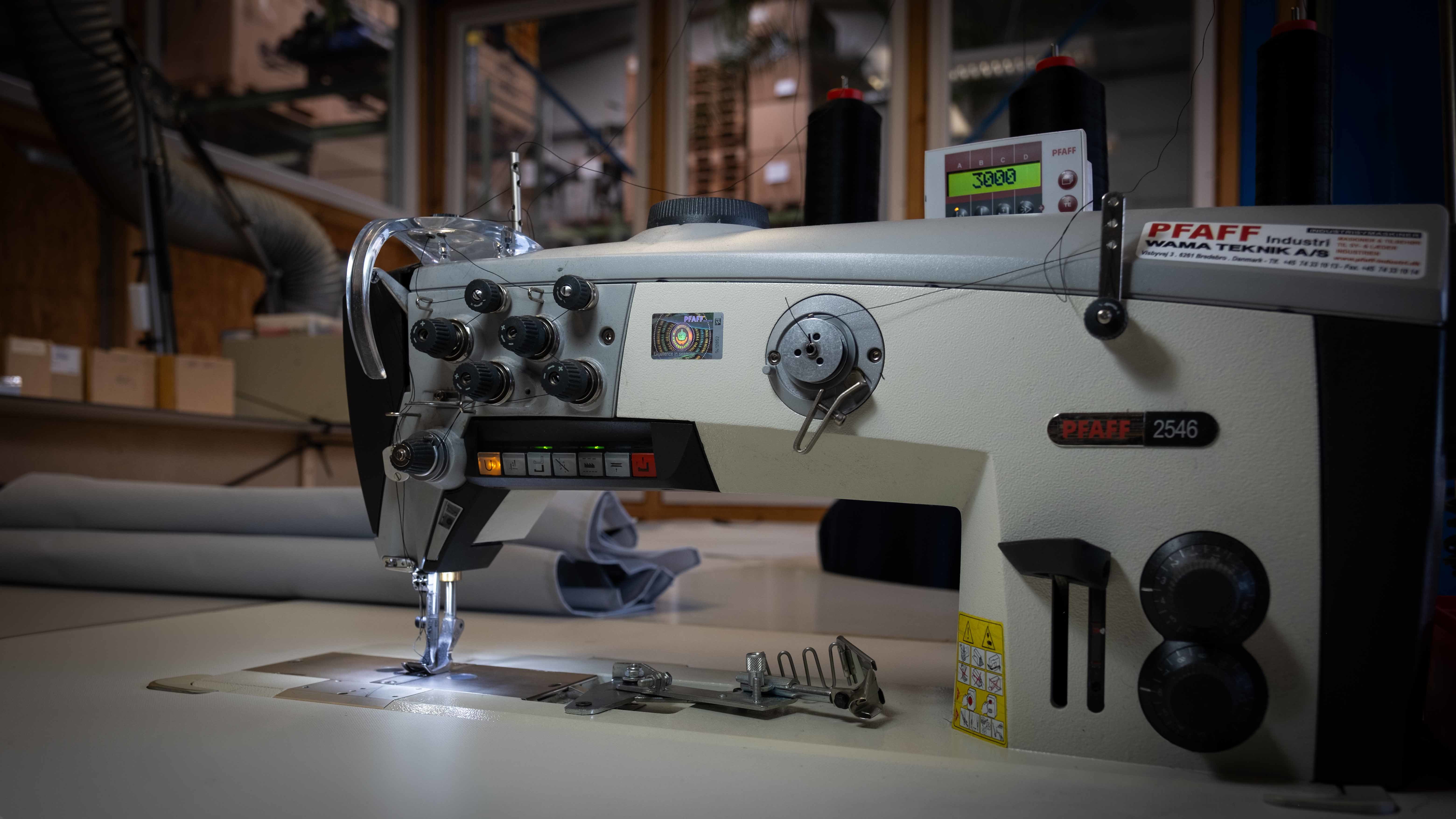
ulfBo sun-/rain-cover
Ready for any weather, sun or rain.

What a masterpiece of design!
Cool. Elegant. On fleek.
For us and many of our ulfBo fans, the most beautiful wagon in the world.
With the convertible canopy, the ulfBo becomes a cozy little hideaway for kids. Many children feel so comfortable in the ulfBo that they love to sleep in it with a cozy blanket.
Of course, the canopy – as it should be for a real convertible – can be quickly folded down and just as easily popped back up! When folded, the canopy is held in place with a canopy cover.
Such a beautiful design is hard to find among folding wagons.
Step 1: Canopy color?
Step 2: Cover color?
Step 3: With or without side windows?
Images show usage examples.

Discount code?
We do offer them, but very rarely and never for the canopy. That's because the canopy involves much more work and materials than you might think at first glance.
We want to give you the chance to recognize this, which is why we're offering you exclusive insights into the labor-intensive process of creating such high-quality handmade products.
Our beautiful, seemingly simple convertible canopies are more complex than they appear at first glance.
Each canopy consists of approximately 30 to 40 individual parts:
- Aluminum tubes
- End caps
- Star grip screws
- Pipe clamps
- Spacer sleeves
- Screws & nuts
- Stainless steel brackets
- Velcro
- Fabrics
- Threads
- Shipping cartons
- Packaging materials
This requires many discussions with suppliers—negotiating terms, especially prices and delivery times, color matching, sample orders, etc.
Who sews when, in which color, and how many canopies?
By the way, our own seamstresses Christina and Irina do the sewing. Even though this sometimes means a bit of downtime, the quality of our in-house sewing is simply unbeatable.
For each canopy frame, hundreds of manual steps are required:
- Drilling holes
- Pressing end caps
- Bending tubes
- Assembling the canopy frame
As mentioned before, Christina and Irina are the ones doing the sewing. Even though this sometimes means a bit of downtime, the quality of our in-house sewing is simply unbeatable.
- Rolling out fabrics
- Marking patterns
- Cutting fabric
- Sorting the cuts
- Sewing, sewing, sewing...
The number of different colors also means having to rethread the sewing machine every time, and of course, keeping thread and spools in all colors on hand.
In addition to the costs for shipping boxes, tape, and protective paper, there are, of course, also labor costs involved.
Contrary to the widely held belief that shipping should always be free (since that's what we are used to from large online marketplaces), shipping via DHL costs us almost 10 € each time.
Of the approximately 200 € sale price, 19% VAT goes to the government, meaning we are left with only around 160 € net.
For handcrafted products from a German manufactory, that's a very low price and a small margin that stays with us. Unfortunately, the price will likely need to increase in the near future.
Cutting costs? ...We don't want to compromise on fabrics with OEKO-Tex® Standard 100 or the best UV-A and UV-B protection. And we also want to continue working with our valued supplier C.F. Weber.
That's why we decided against purchasing cheaper fabrics.
If you've read this far – thank you for your time!
We hope this insight helps you develop a better understanding of why quality made in Germany costs more than mass-produced goods from the Far East.
Feel free to give us feedback on how you find this insight.













